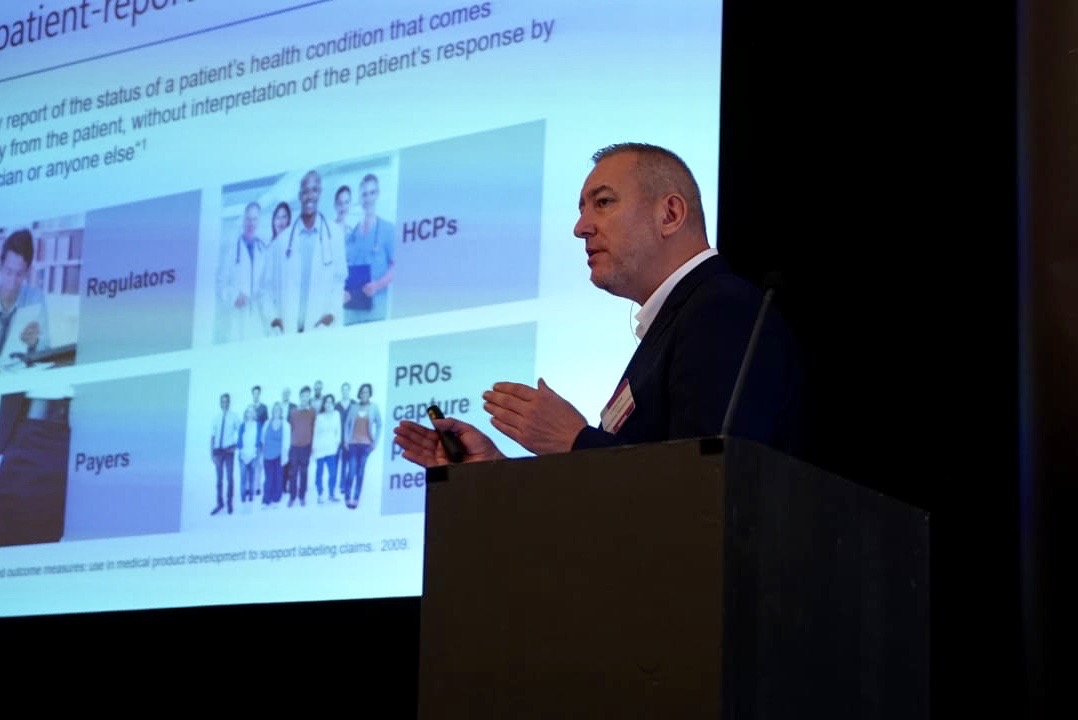Patient-Inspired R&D – the missing part of patient engagement
- mark field

- Jan 28, 2020
- 3 min read
Patient engagement is the ‘hot topic’ within the pharma industry over the last few years, with every company, Biotech, CRO and consultant purporting to be leading or following in this direction.
The regulatory agencies are also in on the act and demonstrating their actions publishing a recent article in Nature Reviews: Drug Discovery:
‘Engaging patients in medicines regulation: a tale of two agencies’
‘The European Medicines Agency and the US Food and Drug Administration have committed to engaging patients in their regulatory processes to promote patient-focused medicinal product development, as well as improve transparency and trust in the regulatory system. Here, we highlight exchanges of experience between the agencies and some impacts on patient engagement.’ https://www.nature.com/articles/d41573-019-00164-y
This is a great step forward to help increase the probability of success within drug development, as the high attrition rate in clinical development (on average only 1 in 10 survive) is often due to poor clinical design / inappropriate clinical endpoints. By listening and implementing patient input into clinical trials there is a greater chance of success, including operational success such as recruitment.
It makes sense that there is a lot of activity around the clinical development phase of drug development as this is where the direct involvement of patients is starting ,and increasing a dialogue and input from patients has a tangible benefit, where return on investment can be calculated.
However,
The largest attrition actually happens between the preclinical work and its translation into the clinic.
Patient inspired R&D is actually likely to have the biggest impact into increasing probability of success in the long term. However, it is a difficult step to take as the road map in this regard has not truly been identified and return on investment is difficult (if not impossible) to calculate due to the long term nature of drug development.
Therefore, true fundamental patient engagement in early R&D is the missing part in patient engagement.
In the pain therapeutic area, as an example, there are only a few conditions with defined regulatory pathways for approval and most research projects will be funnelled into one of these conditions because the operational cost/timelines are well understood and project manageable. However, the area has one of the highest attrition rates in drug development – likely because the research target is not linked to the disease chosen for clinical development.
A first step in patient inspired R&D is understanding the patient landscape you are working in. Again with pain as an example, one can ask how many conditions are actually related to chronic pain. This was an obvious question but one seemingly not touched by anyone before as the answer was impossible to find. So an investment into mapping the pain landscape had to be agreed – an investment in time, FTE and cash. This was the case and after years of work the pain landscape was identified as having over 100 different conditions – See PainLandscape.com.
With this fundamental building block one could be able to start a patient-inspired R&D approach:
· by selecting the appropriate specific pain conditions to study,
· link research targets to this specific disease by working with patients
· develop drug development program around these.
This would enable a more precision analgesic development approach.
For true patient engagement to move from clinical development to early research we need to find ways to get commitment for long term investment to understand the patient landscape we are actually working in and bring patients and patient understanding into target identification. This is difficult as it likely will take years with limited or no concrete return on investment in the short to mid-term.
.png)




.png)
Comments